Can mobile wallet startups survive if banks innovate?
By Meghna Rao for TechinAsia
Mobile wallets originally got popular in India because they were easier to use than online banking.
The idea was so enticing that India’s central bank, the Reserve Bank of India (RBI), gave 11 companies licenses to act as “payment banks.” This meant that they could hold money – up to US$1,485 at a time – and conduct transfers. They were limited to handling payments, so they couldn’t issue credit cards or loans like regular banks.
Mobile wallets were big fans of the new regime. Some, like Paytm, got their own licenses, while others like rival FreeCharge didn’t and instead chose to partner with those who had.
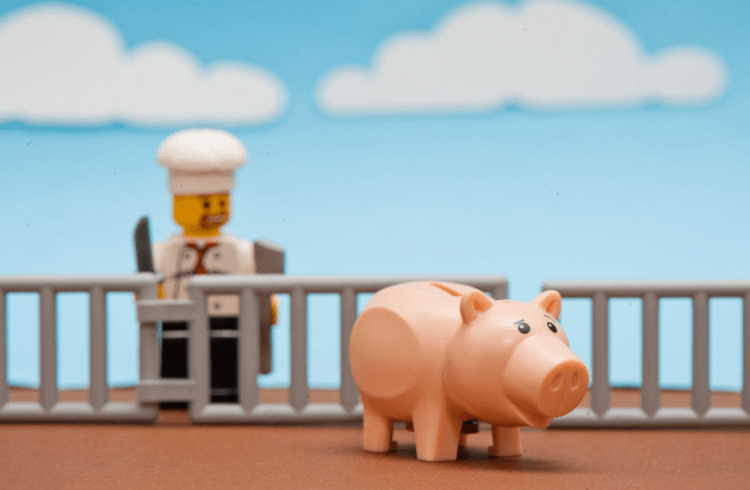
Lots of eyes on the prize. Photo credit: Kenny Loule.
In no mood to get left behind, however, banks picked up the pace by relaxing rules and getting more innovative in digital transactions.
Two of India’s “big four” banks have launched their own cashless payment services, and the National Payments Corporation of India (NPCI), the country’s authority on all things related to retail payments, created an API to make it easy for apps to conduct bank-to-bank and bank-to-wallet transfers.
So now, there’s one question on everyone’s minds: do mobile wallets still fit in?
Govind Rajan, COO of e-wallet FreeCharge and CSO of ecommerce site Snapdeal (which acquired FreeCharge last year), counters my questions about the impending identity crisis by pointing out the specialized role of wallets. “We’re definitely not competing with banks,” he responds. “Banks are there to manage people’s cash. That’s their main focus, and they make money off of doing that.”
From top-up site to wallet
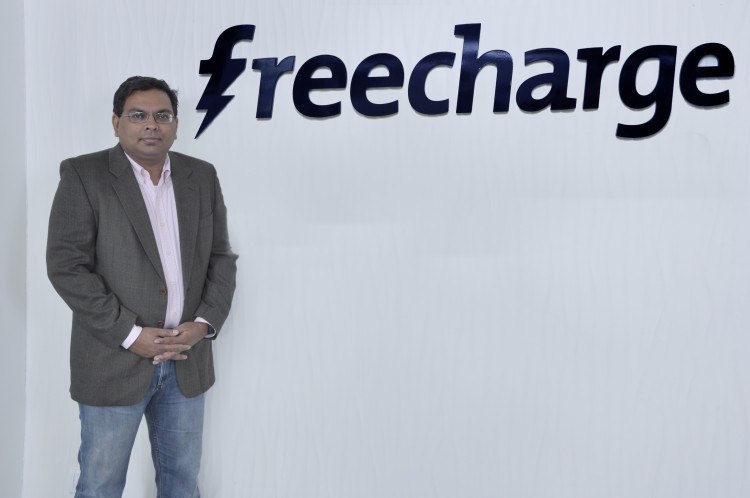
Govind Rajan, COO of FreeCharge.
FreeCharge has raised over US$113 million of funding in five rounds from the likes of Sequoia Capital and Belgium-based Sofina. It was bought out by Snapdeal in 2015 for anestimated US$400 million.
Originally just a top-up site, it became a full-fledged wallet in September when it rolled outa partnership with FINO, one of those aforementioned 11 companies to receive a “payment bank” license.
Its customer base is not as big as that of Paytm, but FreeCharge calls itself the fastest growing wallet in India.
“We want to exist right at the moment where you make a transaction. Invisibly, seamlessly, right there,” says Govind. “It’s an entirely new sector.”
With millions of offline merchants getting online and more real life instances being converted into things you do online, that moment Govind talks about is becoming a hot commodity. Figuring out exactly what it means is tough, but the company knows that it wants to be three things: efficient, safe, and malleable.
Design for efficiency
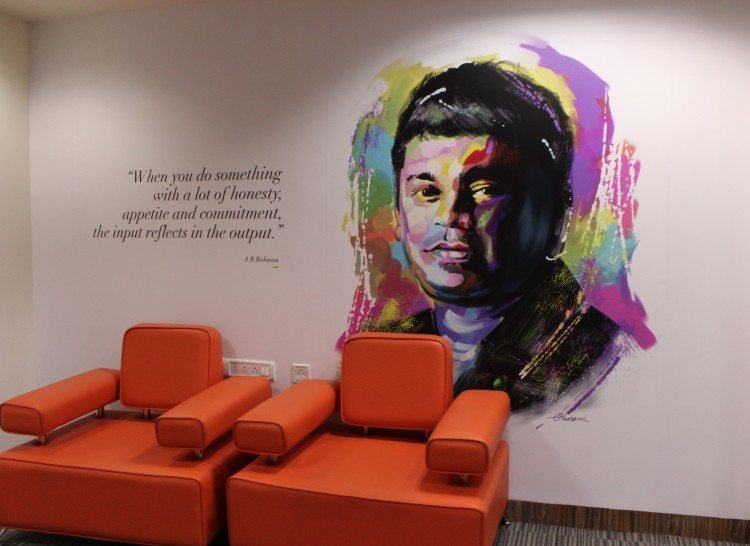
Grammy-winning Tamil musician A.R. Rahman.
FreeCharge’s focus on design is apparent when you walk into its office. The walls are colorful and covered in quotes. As one employee puts it, it’s designed for open collaboration and “flowing energy.”
Its app has a similar feel. “Text isn’t popular in India,” explains Govind. “Our app is designed mainly around colors and symbols.”
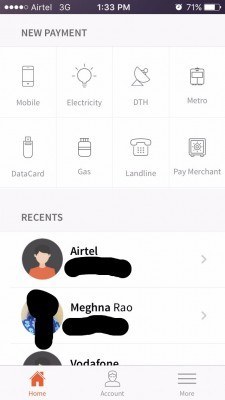
Microsoft Paint comes in handy every once in a while.
When a customer opens the app, they’re greeted with three options: their current balance, the type of action they’d like to take with it, and friends’ wallets that they’ve recently topped up using FreeCharge. “Fifty percent of people that open up the app end up transacting,” says Govind. “That statistic is something like five percent for ecommerce sites.”
Once they decide what to do, they simply have to click and pay. “Almost every young Indian is a digital native at this point,” he laughs. “You can’t satisfy that demographic easily.”
The app doesn’t just look quick. For habits to form, Govind explains that they have to be easier than the conventions that currently exist.
“When I was working in London, I’d take the tube frequently,” he reminisces. “We used an Oyster card there. I’d buy a daily pass for those days, and when you put in your card, the gateway opens. If there’s an issue though, you hear people complaining. If it takes an extra ten seconds, people are pissed.”
According to Govind, the maximum amount of time it takes to finish a FreeCharge transaction is ten seconds, with some even finishing in three. This is in comparison to the 180 seconds it takes on average while using a regular payment gateway.
“No merchant should pay even a single extra paisa for a digital transaction that’s not seamless,” he says.
Safety matters
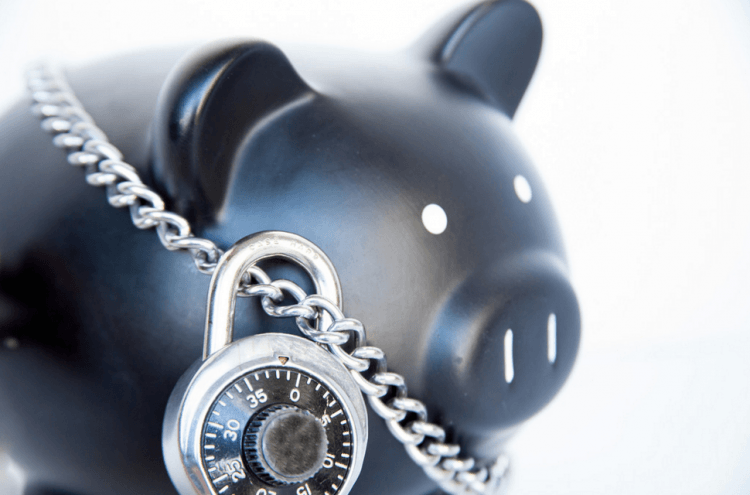
Photo credit: Perspecsys Photos.
Managing millions of payments that happen over phones is a lot of responsibility, which is why one of the focuses of the FreeCharge app is safety.
“If you’re a Bangalore consumer and someone logs in with your credentials in Patna, we know immediately,” Govind says. “Chances are, your account is not on a top-end Android. We’ve had to innovate with a lot of different phones in mind.”
Every phone is equipped with a 15-digit IMEI number. Most app fraud happens because users disguise this number as a different one and use it to register for new accounts. The FreeCharge app is designed to immediately detect that and act, Govind explains. “A customer has to be informed of a breach instantly,” he says. “One of our focuses is building and maintaining trust.”
It’s not just because they’re perfectionists, though. When banks take forever to transact our money, we let it go. It’s not the same way with apps, Govind explains. “We had one instance where our app was down for a few minutes,” he reminisces. “People flooded our call center.”
Security is one of those challenges that are not sexy but immensely necessary. “The winner in this space will provide the safest experience in the most seamless way possible,” says Govind.
Free-flowing and malleable
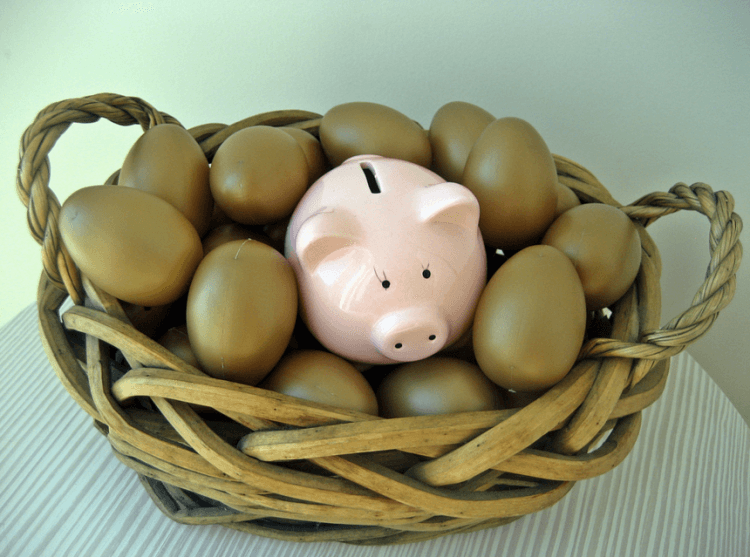
Standing out is important. Photo credit: 401(K) 2012.
For any disruptor to stay relevant, it’s important to change with the times.
In 2014, Uber entered India and found that it couldn’t charge cards on its app because it was registered outside of the country. This meant it would have to go through two different levels of authentication to process transactions. That’s when it decided to pair with mobile wallet Paytm.
Soon after, the government relaxed its regulations, and Uber found a way to verify transactions within its app itself. Now, many users pay with cards (based off of my own anecdotal data because the ride hailing app is secretive), which means the taxi-hailing app doesn’t need Paytm so much any more.
But mobile wallets have evolved rapidly, from incentivizing people with cashbacks and discounts to Paytm removing transaction fees when people use it to pay merchants offline.
Today, Govind has an interesting outlook on where FreeCharge will stand in the future. “Take a look at our financial landscape today – there are banks where online transactions are limited to US$148 and savings accounts where transfers of more than US$668 are not allowed. It’s a diverse landscape.” In other words, he expects wallets to stay useful and relevant.
FreeCharge has partnered with Mastercard to give every account holder a 16-digit card number. In order to access the card, users have to enter a pin number that changes each time you use the card. The FreeCharge Go card just crossed 1,000,000 users.
“It’s generated in ten seconds,” says Govind. “We complete the verification within that time.” This is what makes wallets more user-friendly than traditional avenues, he points out. “There are 250,000 cards issued in a month in India. In a span of three months, less than 5 percent of cards get used at a point of sale.”
It has a partnership with McDonald’s where users can generate an ever-changing PIN number that works even if they’re not connected to the internet. FreeCharge’s promise to the corporation is that all transactions will be completed in less than ten seconds.
It has also partnered with Shopper’s Stop, a popular chain of retail stores spanning India.
This Thursday, it will launch a “chat and pay” feature, where users can chat with local merchants and pay them through the FreeCharge wallet. This too is super fast – transactions can start within a minute after creating a FreeCharge account.
Best of times, worst of times

Oh, when will the digital payments war end? Photo credit: Philip Brewer.
The vision is big, and the challenges are bigger. There are still many ways in which it’s inconvenient to use India’s digital payments system.
“Our biggest challenge still is that there are so many hops from when a customer wants to pay something to when it gets fulfilled,” explains Govind. “If someone wants to top up their phone with US$3.80, our job is to run the money back to the customer, and within the time constraint that we’ve established.”
The more often that a customer uses the FreeCharge wallet, the more loyal they’ll become. “We have a 75 percent rate of returning customers which is unheard of in the internet world,” says Govind. He’s happy to see the digital payments scene growing in India, confident that FreeCharge will play a major role in making them quick and painless.
The article first appeared in TechinAsia.com





